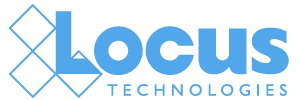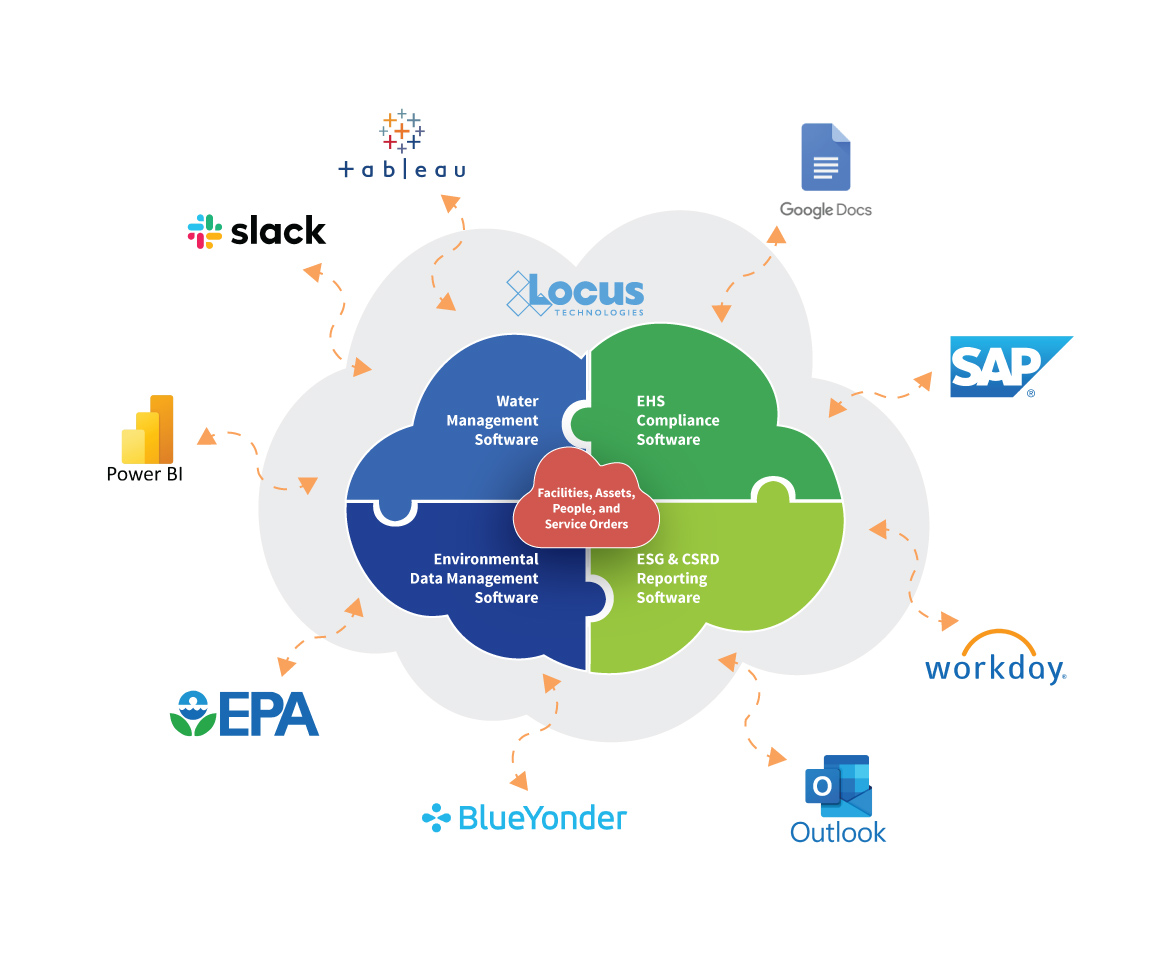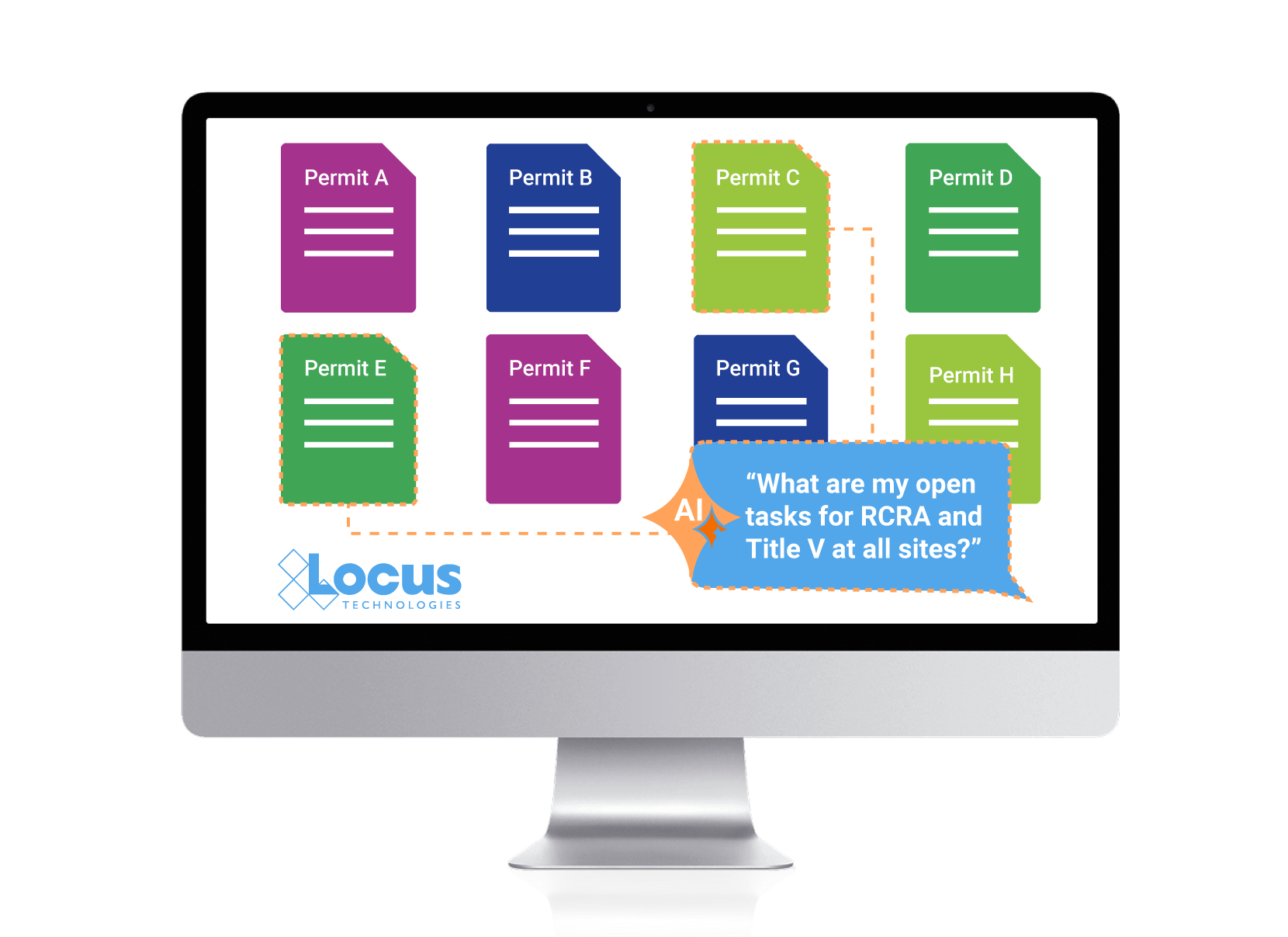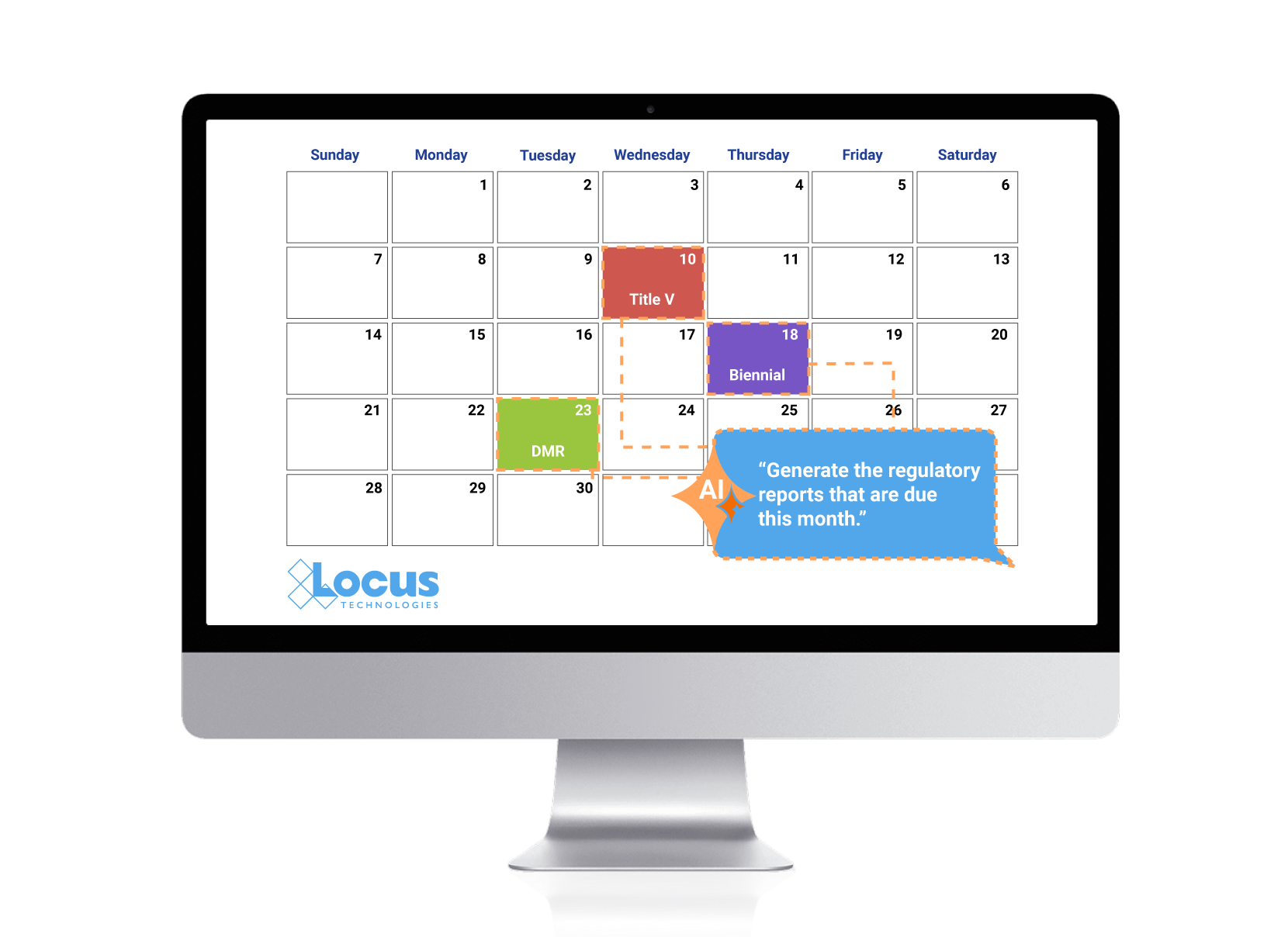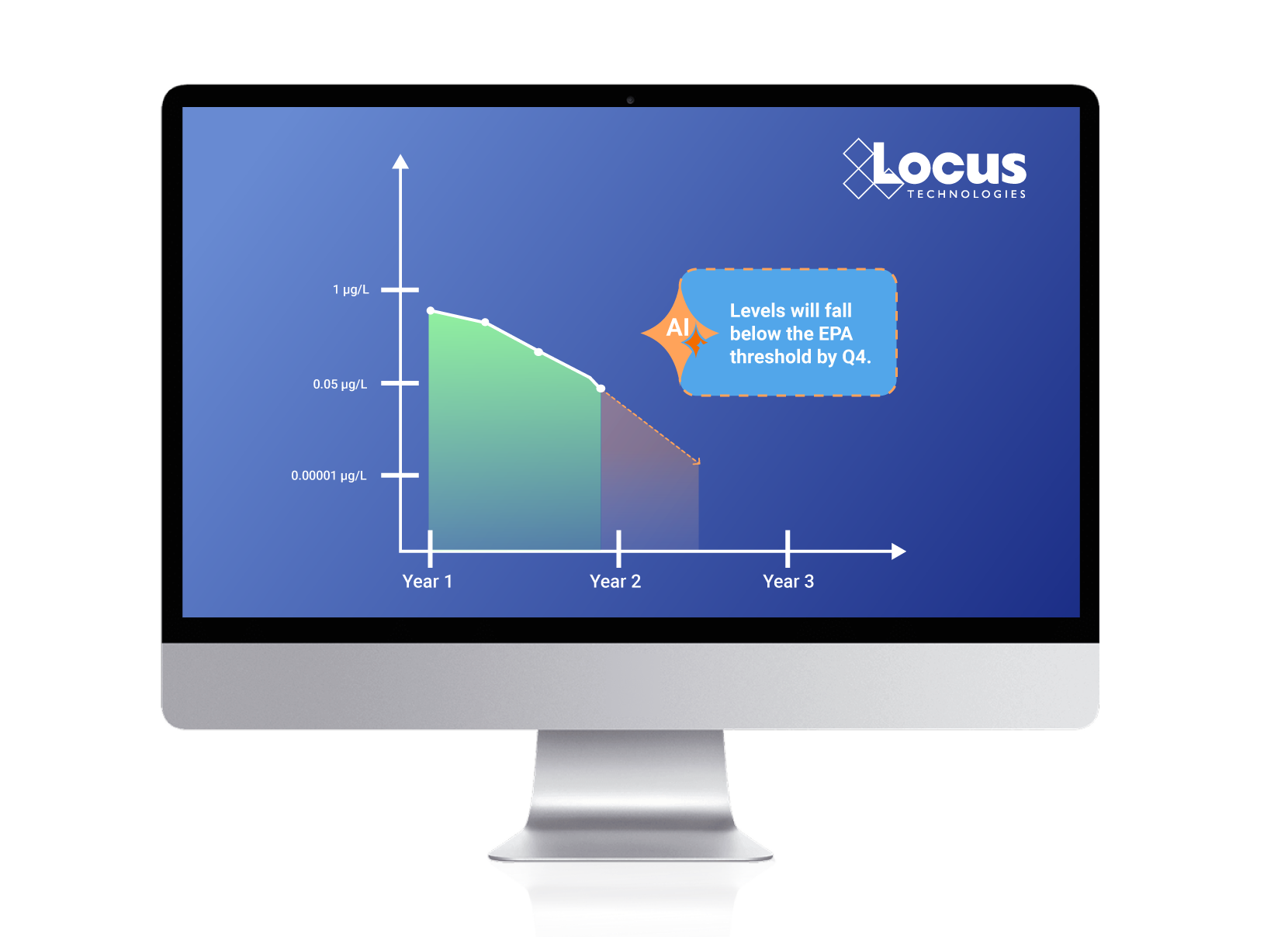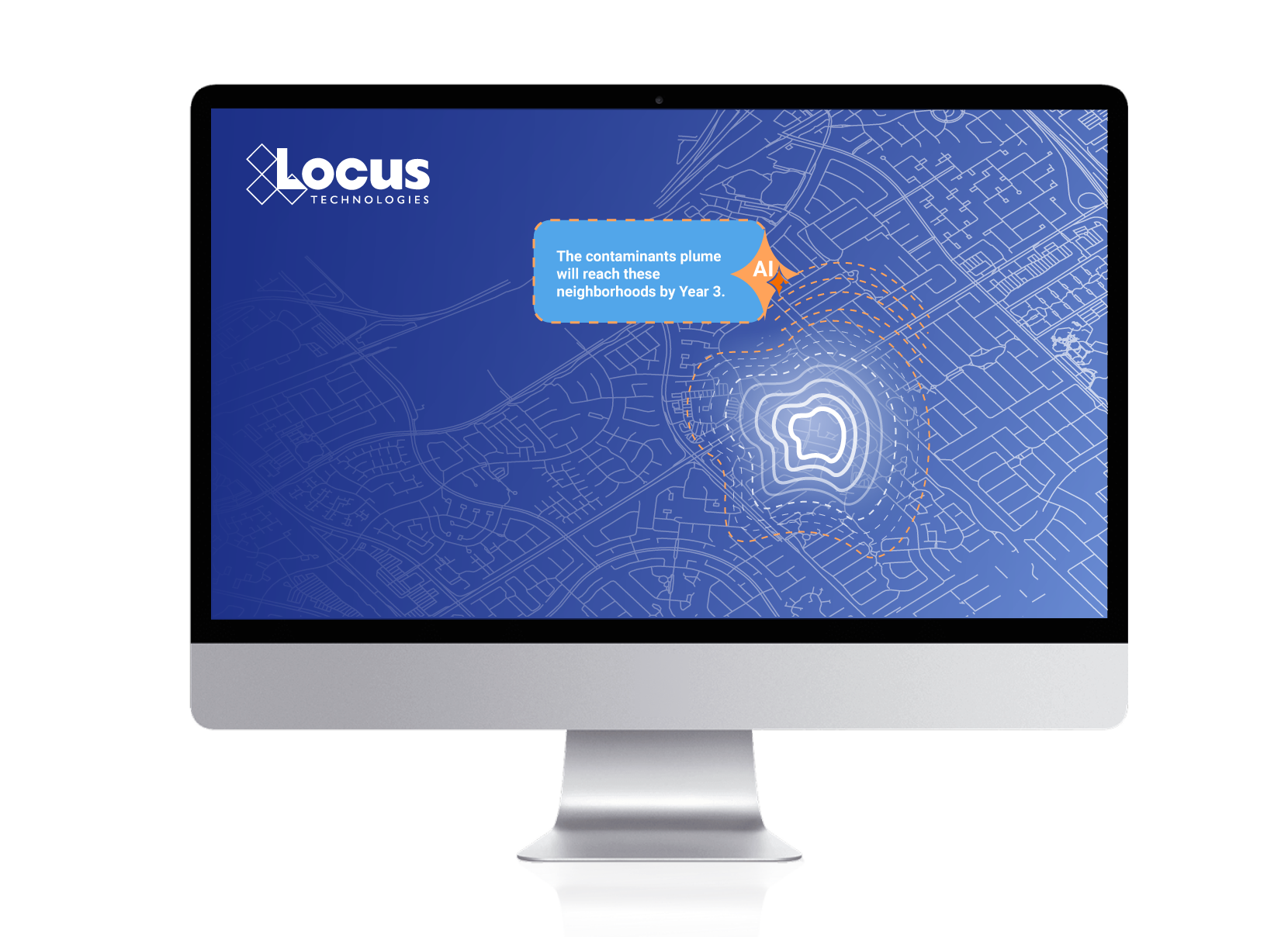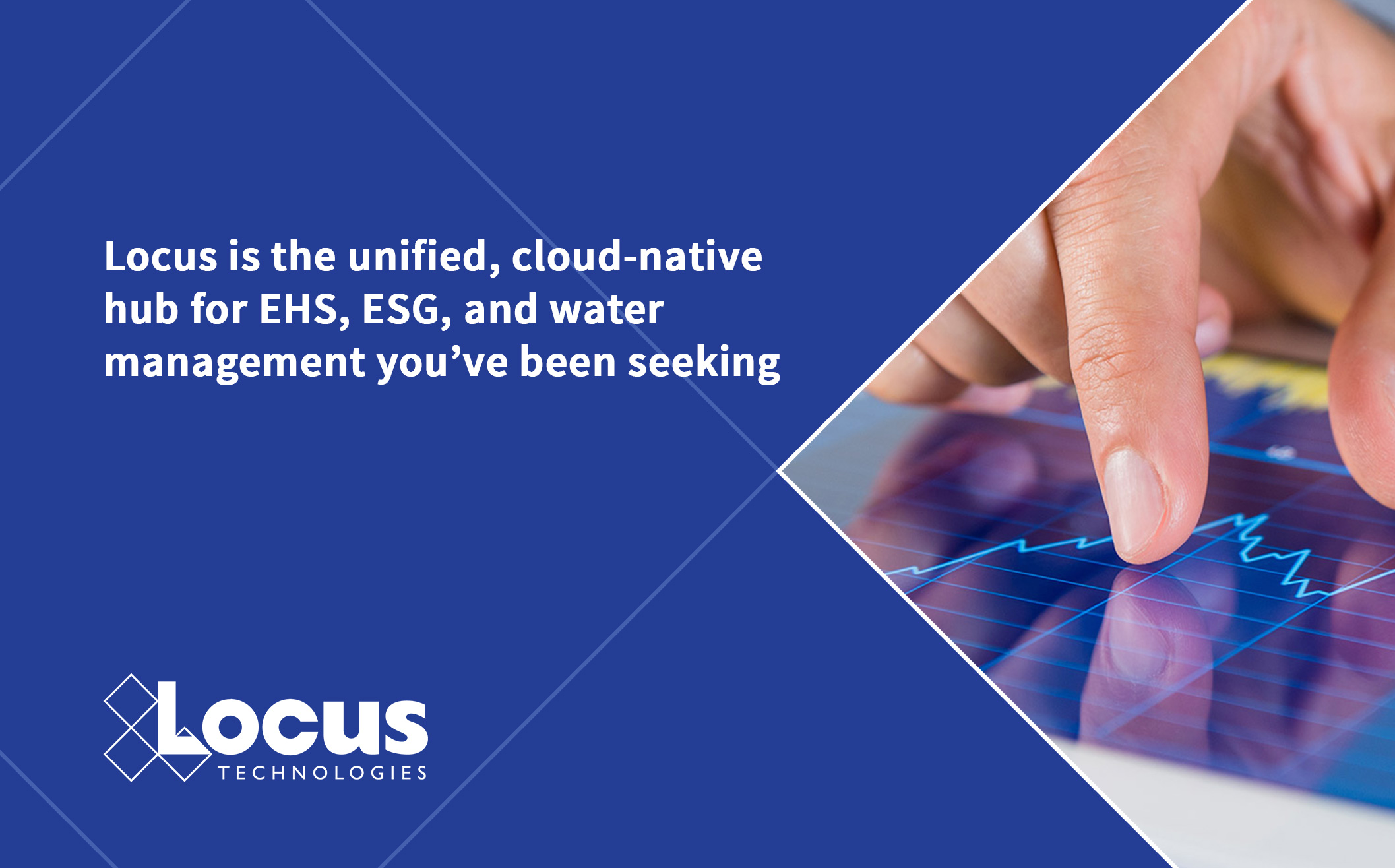
Reading Time: 4 minutes, 45 seconds
Artificial intelligence is reshaping how business gets done in 2025, with a pace and scale of change not seen since the dot-com boom three decades ago. While we are still in the early stages of the AI adoption curve, it is already clear that AI in EHS and ESG is here to stay.
Locus Technologies anticipated this shift as far back as the late 1990s and has spent years advancing machine learning and AI within its platform. By making forward-looking engineering choices, fostering innovation through hackathons and developer challenges, and pursuing a deliberate R&D strategy, Locus has built a roadmap that fully embraces today’s AI breakthroughs while staying ready to capture tomorrow’s.
EHS and ESG professionals often ask us how AI is applied in practice—not just as a buzzword, but as a tool that truly simplifies compliance, accelerates reporting, and strengthens decision-making. To answer that, the following sections highlight specific ways Locus AI is being developed and used today.
Why integrated data is essential for reliable AI insights in EHS
Imagine a collection of air-tight jars in a swimming pool:
- Jar A contains wastewater data from your California plant,
- Jar B holds your air permits from Midwest sites,
- Jar C stores GHG emissions data from a Florida facility,
- Jar D contains safety records from across all sites.
Now imagine AI is the water poured into the swimming pool. The water can flow everywhere—but it can’t penetrate the sealed jars. That’s what happens when environmental and compliance data is locked in siloed software products. AI cannot generate complete, trustworthy insights if it can’t access all of the relevant information.
This is why fragmented or bolt-on software solutions fall short. Even when sold by the same vendor, disconnected modules that lack a shared architecture prevent AI from delivering the holistic analysis companies need.
Locus takes a different approach. The Locus Platform and all Locus apps share a multitenant architecture that ensures data is entered once, reused many times, and made fully available for AI-driven insights. This unified design allows AI to deliver meaningful, accurate results across compliance, permitting, and ESG reporting.
How AI works with third-party systems and data sources
Of course, no organization runs on a single platform alone. Companies often need to integrate ERP systems, IoT devices such as smart meters and continuous monitors, or HR systems that track workforce and safety data. APIs make it possible to connect these sources, but if the software architecture isn’t designed for AI, the value of those connections is limited.
Locus APIs don’t just access third-party data; they contextualize it. This means Locus AI can read, unify, and analyze data from across diverse systems, enabling reports and predictions that reflect the full operational picture.
By contrast, some vendors’ AI tools are limited to analyzing proprietary content such as training guides or documentation. With Locus, the AI works across your actual operational data, delivering insights that directly support compliance and sustainability goals.
Locus supports 1:1 API connections with various 3rd party tools.
Locus advancements synthesize the connected data to support the use of AI across the broader data set.
Making complex data accessible through natural language
Enterprise EHS and ESG platforms manage massive volumes of complex data. Traditionally, only technical specialists with SQL expertise could navigate these systems efficiently. Locus AI changes that.
With natural language processing, any user, from an internal chemist to a business analyst preparing a shareholder report, can query the system in plain English and get accurate results. This dramatically expands access to insights and empowers a wider range of professionals to use the data effectively.

Locus supports natural language prompts as well as complex SQL queries.
Using AI for automation in EHS and ESG
Rather than replacing jobs, AI helps EHS and ESG teams automate repetitive, time-consuming tasks… freeing up their capacity for higher-value work. Similar to how predictive coding transformed the billable hour in the legal field a decade ago, AI automation in EHS is beginning to show dramatic efficiency gains.
We might soon have reliable statistics proving that AI automation accelerates ESG reporting and EHS compliance activities by 75% or more – freeing up employees’ time to make substantive improvements to operations and programming.
Examples of applications for Locus AI automation include:
- Generating properly formatted reports for multiple regulatory frameworks from a single prompt.
- Synthesizing permits, requirements, deadlines, and regulatory updates to recommend next steps.
- Scanning datasets to detect anomalies, flag exceedances, and suggest corrective actions before compliance issues arise.
Locus AI synthesizes permits, requirements, and regulatory updates to make suggestions about next steps.
Locus AI scans all data to identify anomalies, flag outliers and exceedances, and recommend corrective actions before compliance issues arise.
Locus AI follows natural language prompts to produce reports that are comprehensive and properly formatted for any framework.
Predictive analytics to strengthen compliance and ESG performance
The most transformative use of AI in EHS lies in looking forward. Predictive analytics allow organizations to anticipate risks before they escalate, score them for priority response, and dramatically reduce incident rates.
For example:
- Locus AI can analyze historical contaminant data to forecast future levels and alert users before thresholds are exceeded. The inverse is also true: AI can demonstrate that earlier interventions are on track to put the company comfortably below thresholds by a certain date.
- When combined with Locus GIS+, AI can even project the future path of contamination plumes, giving companies and communities time to act before problems spread.
These predictive capabilities are still maturing, but the direction is clear: AI is moving EHS and ESG from a reactive discipline to a proactive one.
Locus AI synthesizes historical data to forecast the trajectory of contaminant levels and to alert users before regulatory limits are reached.
An example of how AI could be leveraged with spatial analysis to predict the future path of contamination plumes.
Neno Duplan
Founder & CEO
As Founder and CEO of Locus Technologies, Dr. Duplan spent his career combining his understanding of environmental science with a vision of how to gather, aggregate, organize, and analyze environmental data to help organizations better manage and report their environmental and sustainability footprints. During the 1980’s, while conducting research as a graduate student at Carnegie Mellon, Dr. Duplan developed the first prototype system for an environmental information management database. This discovery eventually lead to the formation of Locus Technologies in 1997.
As technology evolved and new guidelines for environmental stewardship expanded, so has the vision Dr. Duplan has held for Locus. With the company’s deployment of the world’s first commercial Software-as-Service (SaaS) product for environmental information management in 1999 to the Locus Mobile solution in 2014, today Dr. Duplan continues to lead and challenge his team to be the leading provider of cloud-based EH&S and sustainability software.
Dr. Duplan holds a Ph.D. in Civil Engineering from the University of Zagreb, Croatia, an M.S. in Civil Engineering from Carnegie-Mellon, and a B.S. in Civil Engineering from the University of Split, Croatia. He also attended advanced Management Training at Stanford University.
Locus is the only self-funded water, air, soil, biological, energy, and waste EHS software company that is still owned and managed by its founder. The brightest minds in environmental science, embodied carbon, CO2 emissions, refrigerants, and PFAS hang their hats at Locus, and they’ve helped us to become a market leader in EHS software. Every client-facing employee at Locus has an advanced degree in science or professional EHS experience, and they incubate new ideas every day – such as how machine learning, AI, blockchain, and the Internet of Things will up the ante for EHS software, ESG, and sustainability.
